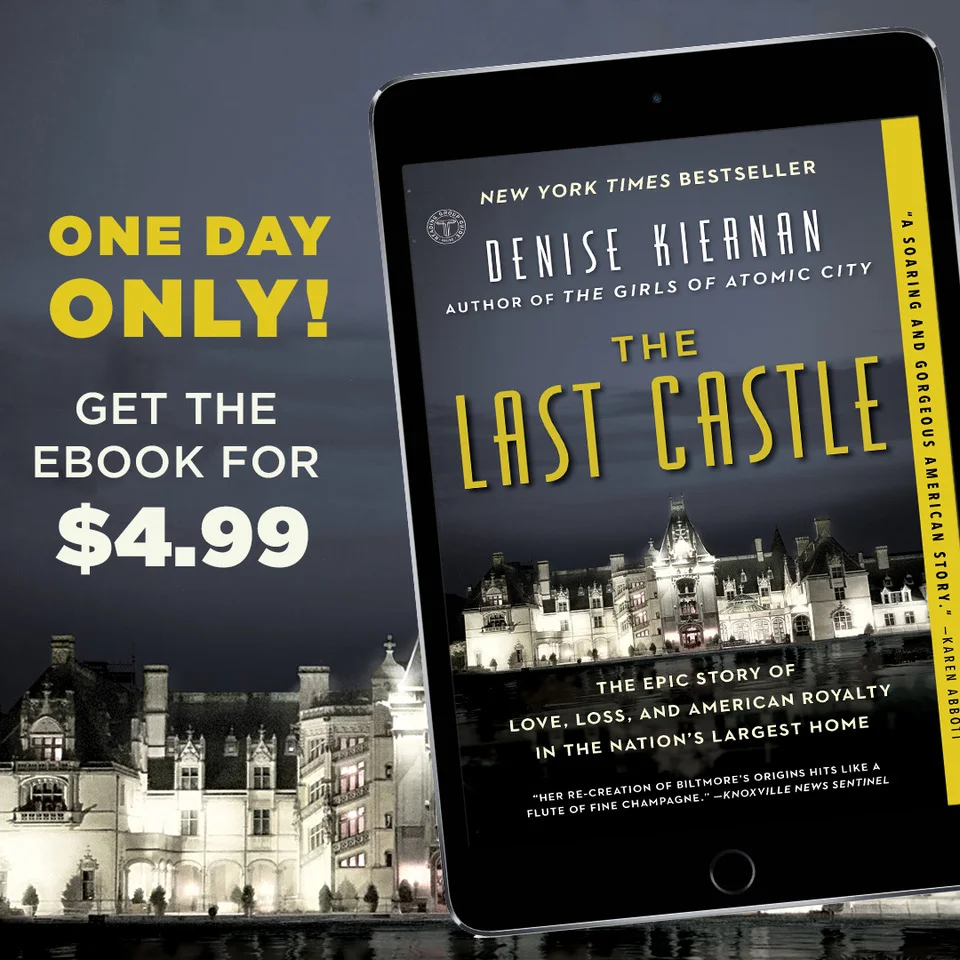Welcome to
DAGGYLAND
Amazon Pants Debacle Returns!
Well, it happened again. I went to check out one of my books on Amazon, only to discover the image of the paperback cover had been replaced by a picture of mens workout pants. This has happened to me a lot in my years of selling books on Amazon. It’s always pants, for some reason. And no one can ever tell why it’s pants…
Amazon Pants Debacle Resolved!
I received confirmation late yesterday that Amazon had finally resolved the issue in which one of my book covers went missing, and was replaced with the image of a stack of mens’ trousers. (See image below.)
I carefully clicked through to all of Amazon’s international stores to make sure that what the KDP rep was telling me was accurate. It was.
All told, the problem took from 9/8/23 to 9/24/23 to resolve. So I only had to look like an idiot—and lose potential sales—for 16 days!
Why Amazon is Currently Making Me Insane
I was naturally concerned when I saw the recent articles about the proliferation of crap books impersonating established authors. Jane Friedman did a great post on this. And Chris Fox revealed another twist on the scammer problem. Fox predicts that these kind of quality control issues will hurt Amazon in the long term.
I believe I have them all beat. What I’m reporting here is not a scam issue. At least, I don’t think it is. I do think it’s just an egregious example of nonexistent quality control.
I looked at one of my self-pubbed books the other day on Amazon, and discovered this. Yes! I am an author not of books, but PANTS!
- December 2025 (4)
- November 2025 (7)
- October 2025 (5)
- September 2025 (1)
- August 2025 (4)
- July 2025 (4)
- June 2025 (3)
- May 2025 (2)
- April 2025 (3)
- March 2025 (1)
- February 2025 (1)
- January 2025 (2)
- December 2024 (2)
- November 2024 (3)
- October 2024 (1)
- September 2024 (2)
- August 2024 (1)
- July 2024 (2)
- June 2024 (1)
- May 2024 (2)
- April 2024 (1)
- March 2024 (1)
- February 2024 (4)
- January 2024 (6)
- December 2023 (9)
- November 2023 (11)
- October 2023 (11)
- September 2023 (23)
- August 2023 (18)
- July 2023 (7)
- June 2022 (1)
- November 2021 (3)
- September 2021 (1)
- August 2021 (1)
- May 2021 (1)
- April 2021 (3)
- March 2021 (1)
- February 2021 (1)
- January 2021 (3)
- December 2020 (2)
- November 2020 (1)
- October 2020 (2)
- September 2020 (2)
- August 2020 (1)
- July 2020 (2)
- June 2020 (2)
- May 2020 (3)
- April 2020 (1)
- February 2020 (2)
- January 2020 (1)
- December 2019 (4)
- November 2019 (1)
- October 2019 (1)
- July 2019 (3)
- June 2019 (7)
- May 2019 (14)
- April 2019 (12)
- March 2019 (9)
- February 2019 (12)
- November 2017 (1)
- August 2017 (1)
- June 2017 (1)
- April 2017 (2)
- January 2017 (2)
- December 2016 (2)
- November 2016 (1)
- July 2016 (3)
- June 2016 (2)
- March 2016 (1)
- February 2016 (2)
- December 2015 (1)
- October 2015 (1)
- September 2015 (3)
- August 2015 (2)
- July 2015 (3)
- June 2015 (1)
- May 2015 (3)
- April 2015 (3)
- March 2015 (3)
- February 2015 (4)
- December 2014 (2)
- October 2014 (4)
- September 2014 (2)
- July 2014 (2)
- June 2014 (2)
- May 2014 (3)
- April 2014 (1)
- March 2014 (5)
- February 2014 (6)
- January 2014 (3)
- December 2013 (6)
- November 2013 (6)
- October 2013 (1)
- September 2013 (1)
- August 2013 (2)
- July 2013 (5)
- June 2013 (2)
- May 2013 (5)
- April 2013 (12)
- March 2013 (16)
- February 2013 (8)
- January 2013 (7)
- December 2012 (7)
- November 2012 (14)
- October 2012 (11)
- September 2012 (8)
- August 2012 (7)
- July 2012 (6)
- June 2012 (18)
- May 2012 (5)
- February 2012 (3)
- January 2012 (3)
- December 2011 (1)
- November 2011 (1)
- October 2011 (5)
- September 2011 (3)
- August 2011 (1)
- July 2011 (6)
- June 2011 (6)
- May 2011 (2)
- April 2011 (8)
- March 2011 (4)
- February 2011 (2)
- January 2011 (1)
- October 2010 (1)
- April 2010 (7)
- March 2010 (4)
- books
- denise kiernan
- The Girls of Atomic City
- Blockhead: The Life of Fibonacci
- Fibonacci Sequence
- Sleuthsayers
- Sorceress Kringle
- writing
- short stories
- signing their rights away
- literature
- Fibonacci
- signing their lives away
- Murder on Book Row
- alfred hitchcock's mystery magazine
- crime fiction
- christmas
- The Mesmerist
- ahmm
- joseph d'agnese
- freelancing
- we gather together
- ghostwriting
- thanksgiving
- book recommendations
- history
- writers
- The Money Book for Freelancers
- fourth of july
- publishing
- us history
- fiction
- mystery fiction
- The Marshal of the Borgo
- children's books
- horror
- holidays
- Jersey Heat
- sarah josepha hale
- epic fantasy
- food
- advent ghosts
- food writing
- Arm of Darkness
- the scientist and the sociopath
- july 4th
- science journalism
- asheville
- cozy mystery
- Gordon Rugg

